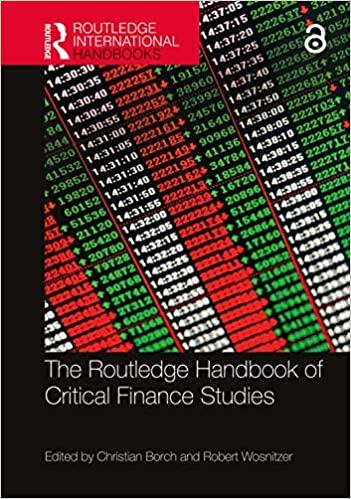this is one question

Understanding the Costs Involved in Mutual Fund Investments Shen is debating purchasing a mutual fund, but he has some questions for his financial advisor, Valerie. The following table presents information on four different open-end mutual funds that Shen and Valerie are discussing. Use the information in the tabie to answer the questions that follow. SHEN: After some research, Tve narrowed it down to these four funds, but can you explain to me the relationship between 12b1 fees and fund performance? VALERE, Generally, funds that charge 12b1 fees, such as Quf p, outperform funds that do not charge these fees. SHEN: After some research, I've narrowed it down to these four funds, but can you explain to me the relationship between 12b1 fees and fund performance? VALERIE: Generally, funds that charge 12b1 fees, such as QtrF D, outperform funds that do not charge these fees. SHEN: What about front-end load fees? For example, suppose BRRT has a front-end load fee of 6%, when do I pay this fee? VALERIE: If you purchase 100 shares of this fund at the NAV, you will pay a commission of but when you sell these shares you will pay in front-end fees. SHEN: It sounds like these fees could start to add up. What's the most I can expect to pay in fees? VALERTE: If a fund charges a 4% front-end load and a 4%12-b1 fee, then it can charge a maximum of only \% in back-end load charges without violating the cap. SHEN: Thanks! This was really helpful. So it sounds like you'd recommend looking for funds whenever possible. Continue without saving Understanding the Costs Involved in Mutual Fund Investments Shen is debating purchasing a mutual fund, but he has some questions for his financial advisor, Valerie. The following table presents information on four different open-end mutual funds that Shen and Valerie are discussing. Use the information in the tabie to answer the questions that follow. SHEN: After some research, Tve narrowed it down to these four funds, but can you explain to me the relationship between 12b1 fees and fund performance? VALERE, Generally, funds that charge 12b1 fees, such as Quf p, outperform funds that do not charge these fees. SHEN: After some research, I've narrowed it down to these four funds, but can you explain to me the relationship between 12b1 fees and fund performance? VALERIE: Generally, funds that charge 12b1 fees, such as QtrF D, outperform funds that do not charge these fees. SHEN: What about front-end load fees? For example, suppose BRRT has a front-end load fee of 6%, when do I pay this fee? VALERIE: If you purchase 100 shares of this fund at the NAV, you will pay a commission of but when you sell these shares you will pay in front-end fees. SHEN: It sounds like these fees could start to add up. What's the most I can expect to pay in fees? VALERTE: If a fund charges a 4% front-end load and a 4%12-b1 fee, then it can charge a maximum of only \% in back-end load charges without violating the cap. SHEN: Thanks! This was really helpful. So it sounds like you'd recommend looking for funds whenever possible. Continue without saving









